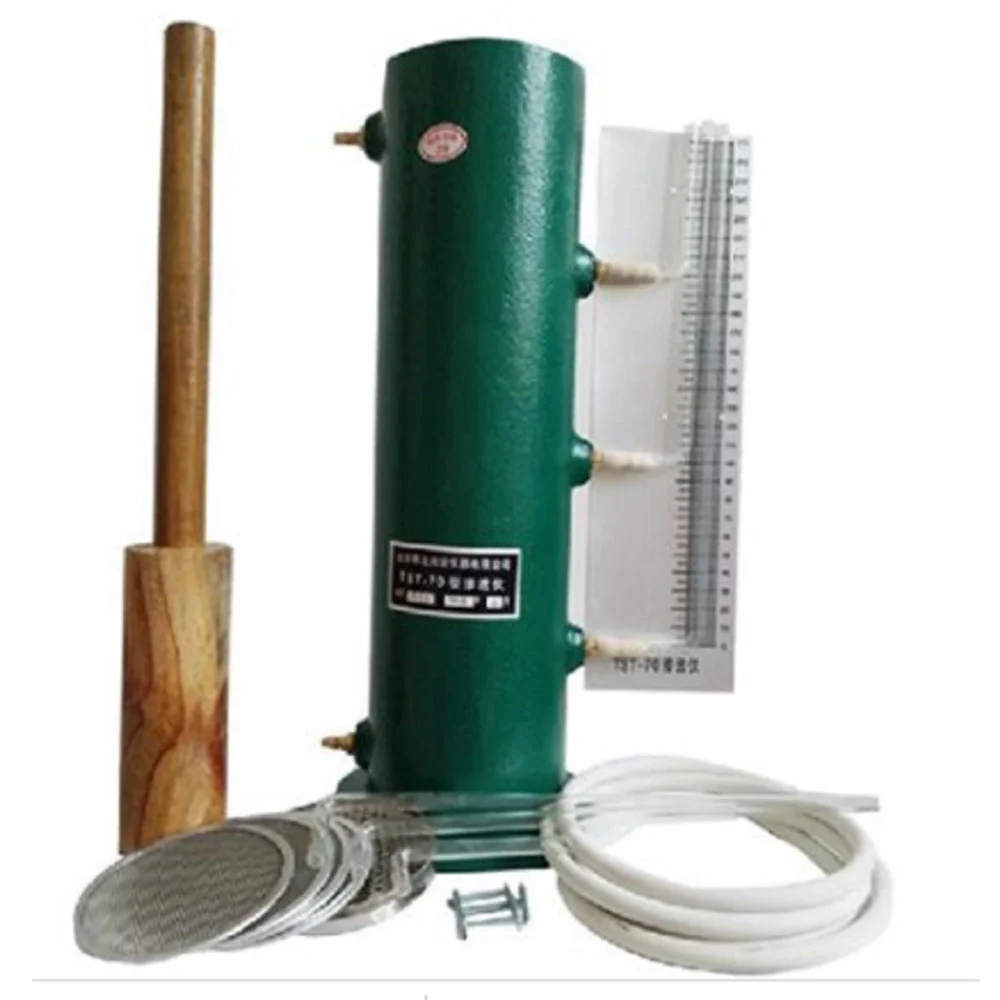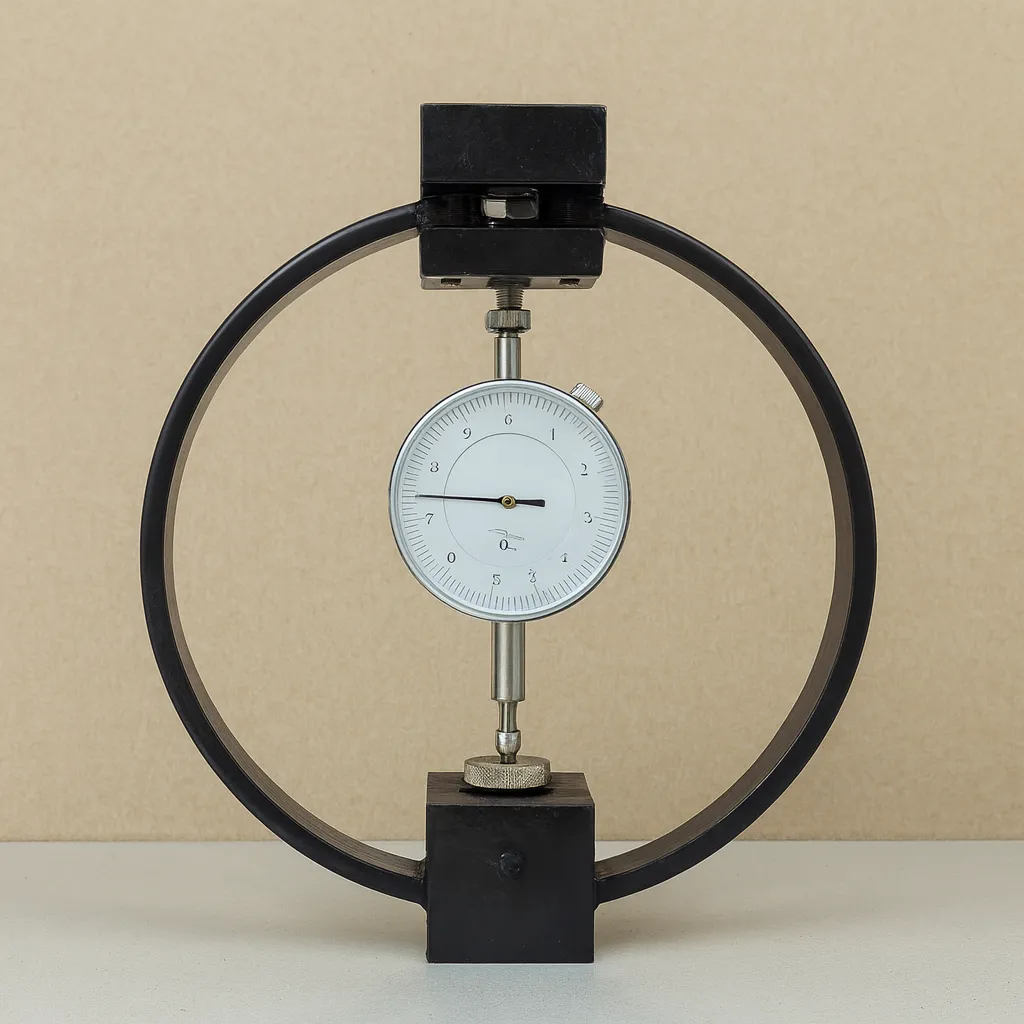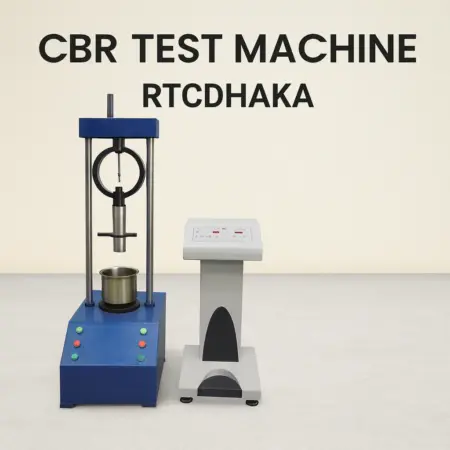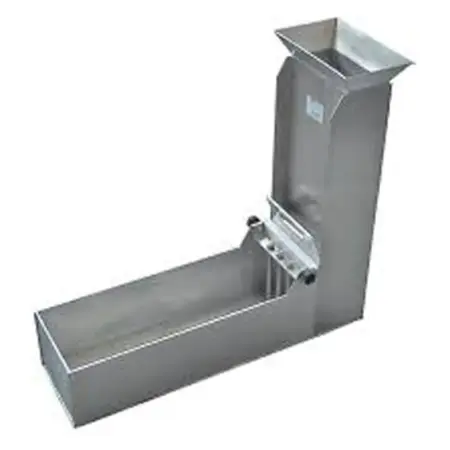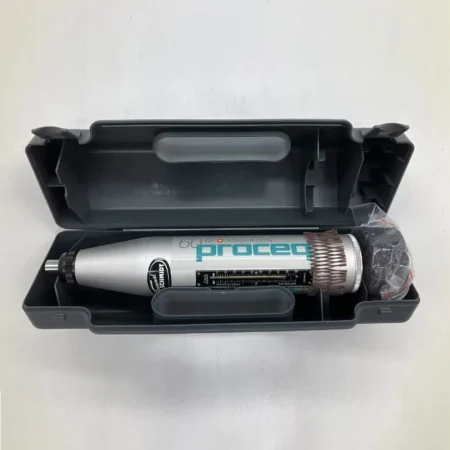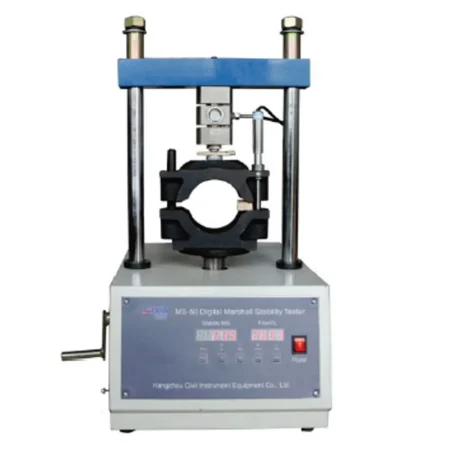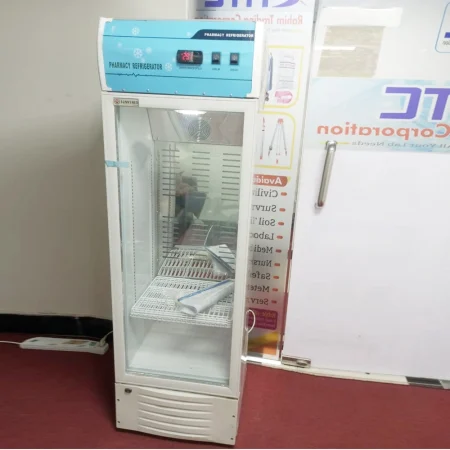Marshall Stability and Flow Value Test Apparatus
Marshall Stability and Flow Value Test
- DBM mix design with Calculation and specifications.
- Manufacturer Country of Origin:: Bangladesh
- Call :: 01831016720

Marshall Stability and Flow Value Test Apparatus
৳ 165,000Original price was: ৳ 165,000.৳ 85,000Current price is: ৳ 85,000.Request a Call Back
- Size Guide
Size Guide
Size Chest Waist Hips XS 34 28 34 S 36 30 36 M 38 32 38 L 40 34 40 XL 42 36 42 2XL 44 38 44 All measurements are in INCHES
and may vary a half inch in either direction.
Size Chest Waist Hips 2XS 32 26 32 XS 34 28 34 S 36 30 36 M 38 32 38 L 40 34 40 XL 42 36 42 All measurements are in INCHES
and may vary a half inch in either direction.
Size Chest Waist Hips XS 34 28 34 S 36 30 36 M 38 32 38 L 40 34 40 XL 42 36 42 2XL 44 38 44 All measurements are in INCHES
and may vary a half inch in either direction.
- Delivery & Return
Delivery
We ship to all 50 states, Washington DC.
All orders are shipped with a UPS tracking number.
Always free shipping for orders over US $200.
During sale periods and promotions the delivery time may be longer than normal.
Return
Elessi will accept exchanges and returns of unworn and unwashed garments within 30 days of the date of purchase (14 days during the sales period), on presentation of the original till receipt at any store where the corresponding collection is available within the country of purchase.
Your return will usually be processed within a week to a week and a half. We’ll send you a Return Notification email to notify you once the return has been completed.
Please allow 1-3 business days for refunds to be received to the original form of payment once the return has been processed.Help
Give us a shout if you have any other questions and/or concerns.
Email: contact@mydomain.com
Phone: +1 (23) 456 789 - Ask a Question

Marshall Stability and Flow Value Test Apparatus
৳ 165,000Original price was: ৳ 165,000.৳ 85,000Current price is: ৳ 85,000.Ask a Question
৳ 165,000 Original price was: ৳ 165,000.৳ 85,000Current price is: ৳ 85,000.
🛣️ Marshall Stability and Flow Value Test Apparatus
Model: RTC-MST-01
Brand: RTC Dhaka
🧪 Product Overview
The Marshall Stability and Flow Value Test Apparatus is a standard equipment set used to determine the stability and flow values of bituminous (asphalt) mixes.
This test evaluates the load-bearing capacity and deformation characteristics of asphalt specimens, ensuring that pavement materials meet the required design standards.
The apparatus is a must-have for road construction quality control laboratories, asphalt mix design units, and civil engineering departments.
⚙️ Key Features
-
✅ Heavy-duty load frame with precise proving ring or load cell.
-
✅ Digital / analog dial gauge for accurate flow measurement.
-
✅ High-quality heating bath for specimen conditioning.
-
✅ Manual or motorized loading system available.
-
✅ Corrosion-resistant finish for long service life.
-
✅ Complies with ASTM and AASHTO standards for asphalt testing.
-
✅ Compact and durable design suitable for laboratory use.
📏 Technical Specifications
| Parameter | Specification |
|---|---|
| Model | RTC-MST-01 |
| Load Frame | 50 kN capacity (manual or motorized) |
| Loading Rate | 50 mm/min ± 5 mm/min |
| Proving Ring Capacity | 50 kN with calibration certificate |
| Flow Meter Range | 0–10 mm (least count: 0.01 mm) |
| Heating Bath | 30 L capacity, thermostatically controlled |
| Temperature Range | Ambient to 200°C |
| Power Supply | 220V AC, 50 Hz |
| Standards | ASTM D1559 / AASHTO T245 |
| Brand | RTC Dhaka |
| Country of Origin | Bangladesh / Imported |
🧰 Supplied Accessories
-
Load Frame with motorized jack and proving ring
-
Flow Meter with dial gauge
-
Heating Bath with digital thermostat
-
Specimen Mould (4″ × 2.5″) – 3 sets
-
Compaction Hammer (manual or automatic)
-
Base Plate, Collar, and Extension Rods
-
Digital Thermometer
-
Instruction Manual
🧪 Purpose of Test
The Marshall Stability Test measures:
-
Stability: The maximum load that a compacted bituminous specimen can withstand before failure.
-
Flow Value: The deformation (in mm) corresponding to the maximum load.
These values help in designing flexible pavements and ensuring mix quality for durable roads.
🏗️ Applications
-
Highway & Road Construction Labs
-
Asphalt Mix Design & Quality Control
-
Civil Engineering Departments
-
Government and Private Infrastructure Projects
💡 Advantages
-
Accurate and repeatable test results
-
Meets all major international standards
-
Easy to operate and maintain
-
Suitable for both field and laboratory testing
-
Long-lasting, heavy-duty components
📞 Order Now
Rahim Trading Corporation (RTC Dhaka)
📍 Swantex Bhaban, 9/I Motijheel C/A, Dhaka – 1000
📱 +8801831-016720
📧 rtcdhaka2013@gmail.com
🌐 www.rtcdhaka.com
- Air Protection Product
- Civil Laboratory Equipment
- Aggregate Testing
- Asphalt Testing Equipment
- Bitumen Testing Apparatus
- Cement Testing
- Civil Chemical
- Compression Testing Machine
- Concrete test Apparatus
- Concrete Testing Equipment
- construction products
- Dial Gauge
- Electric Mini Hoist
- Lifting Belt
- Marshall Testing
- Micrometer
- Rebound Hammer
- Sieve Cleaning Brush
- Tension and Compression Testing
- Test Sieve
- Tilting Flume
- Triaxial Machine
- Triple Beam Balance
- Universal Testing Machine
- Distil Water Plant
- Educational Equipment
- Educational Instrument
- Electronics Equipment
- Glass Meter
- Hardware and Tools
- Laboratory Item
- Medical Lab Equipment
- RTC
- RTC Plastic
- Safety Equipment
- Scientific Instrument
- Soil Testing Equipment
- Surveying Equipment
- Test Instruments
- Testing Kit
- সুপারি পাতার পন্য
- astm c805
- best tape measure
- BS 1881
- Capacity GAZI WASTE BIN
- cbr test apparatus
- civil engineering equipment
- civil engineering lab equipment
- Civil Engineering Tools
- Civil Lab Equipment
- Civil Laboratory Equipment
- concrete testing equipment
- construction material testing
- construction material testing equipment
- digital tape measure
- Engineering Survey Equipment
- Gilson Sieves
- inch tape
- Laboratory equipment
- Laboratory Equipment Bangladesh
- Laboratory Sieves
- Laboratory Test Sieves
- Lab Sieves
- Land Survey Equipment
- laser distance measurer
- laser measuring tape
- lufkin tape measure
- material testing equipment
- measuring tape
- measuring tape for body
- milwaukee tape measure
- RTC DHAKA
- RTCDHAKA
- RTC Dhaka Instruments
- RTCDHAKA Laboratory Products
- RTCDHAKA Survey Equipment
- RTC Engineering Bangladesh
- Sieve Analysis Astm
- Sieves Analysis
- Sieves Test
- Soil Testing Equipment
- Soil Testing Equipment Bangladesh
- Standard Testing Sieve
- steel tape
- Testing Sieve
- universal testing machine
Related Products
Constant Head soil Permeability TestÂ
- Brand : Civit TEST
- Model : CP-100
- Manufacturing Country : China
- Country of origin : China
- Cone Set for Civil and Construction
- Including Cone, Cylinder, Filter, and Jug
- Made in China
Display Type Analog
- Usage/Application Soil Testing
- Automation Grade Semi-Automatic
- Weight 0.8Kg
- Material Stainless Steel Packaging Type Wooden Box
- Country of origin: India
CBR test machine | cbr test machine diagram-cbr test procedure and calculation, cbr test apparatus
Manufacturing Country : India
Buet Stander
L Shape Box Apparatus
- Manufacturing Country:: China
- Place of Origin: Zhejiang, China
- Brand Name: CIVITTEST
- Model Number: LB-FC1
- Power: Manual
laboratory muffle furnace
- Rated Temperature: 1200°C
- Rated Power: 2.5 (KW)
- Rated Voltage : 220v
- Working Voltage : 220v
- Capacity : 5 litter
- Heating Up-Time : Minit <112
- Working Room Size : 300mm x 200mm x 120mm
- Model MF-10-12
- Brand : NINGBO
- Made in : China
3 in stock
Schmidt Rebound Hammers
Original Schmidt
- Brand: Proceed
- Country of Switzerland
- Stoker : RTDHAKA
Sand Density Cone Apparatus
- Brand: RTC
- Origan : Bangladesh
- Manufacture: Bangladesh
- ASTM Standard, ASTM D1556, AASHTO T181, T191
- Sand Density Cone Set : 6.5`
- Size : 30mm x 30mm x 60mm
- One Bases plater
- Slandered accessorizes
Stainless Steel Scoop Best Price in Bangladesh
Brand: Civitest
Manufacture Country: China
- Digital Marshall Stability Tester
- MS-30/50
- Complies to ASTM D1559
- Capacity:30KN, 50KN
- Precision:1%
- Resolution:0.1KN,0.01KN
- Platen speed: 50±5mm/min
- Manufacture Country : China
- Country of Origin : China
- Marshall head:
- dia.101.6±0.2, dia152.4±0.2
- Flow range: 0-15mm/0.01mm
- Motor: 700W
- Overload protection
- Automatic display stability
- and flow value
- Capacity: 218L,
- Inner Temperature: 4±1ºC,
- Brand : SunnyMed
- Blood bag Storage: 108 (200ml/b),
- Display accuracy: 0.1ºC
- Manufacturer Country : China
- Country of Origin : China
- Electric Hydraulic Universal Extrudes
- Model: UE-E150B
- (Stripping Test Machine Electric and Hydraulic)
- Manufacturer Country: China


